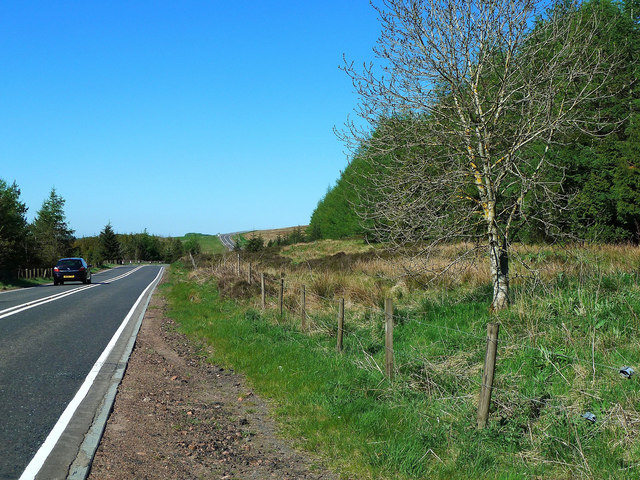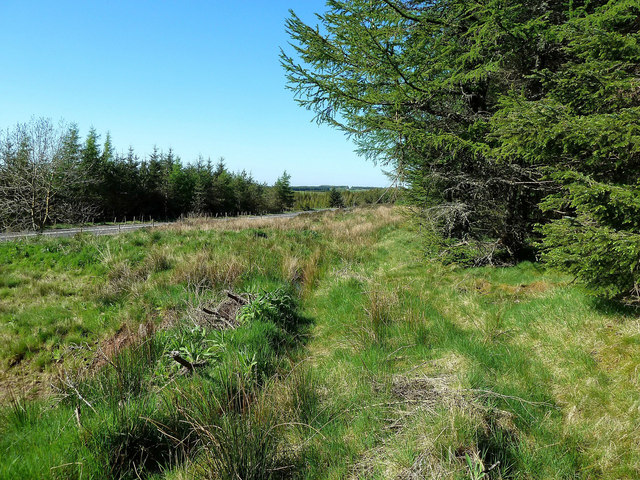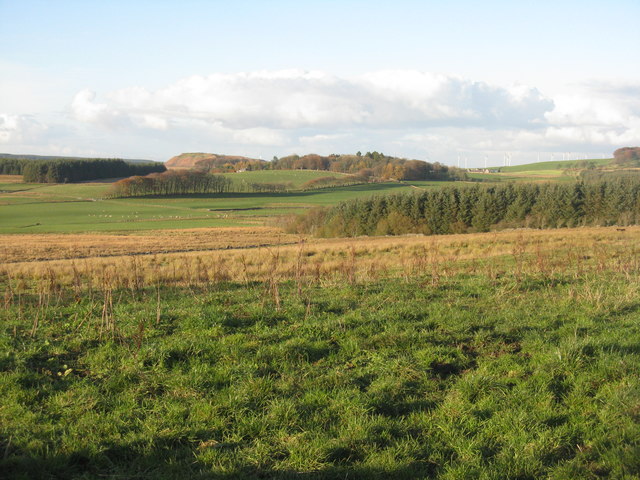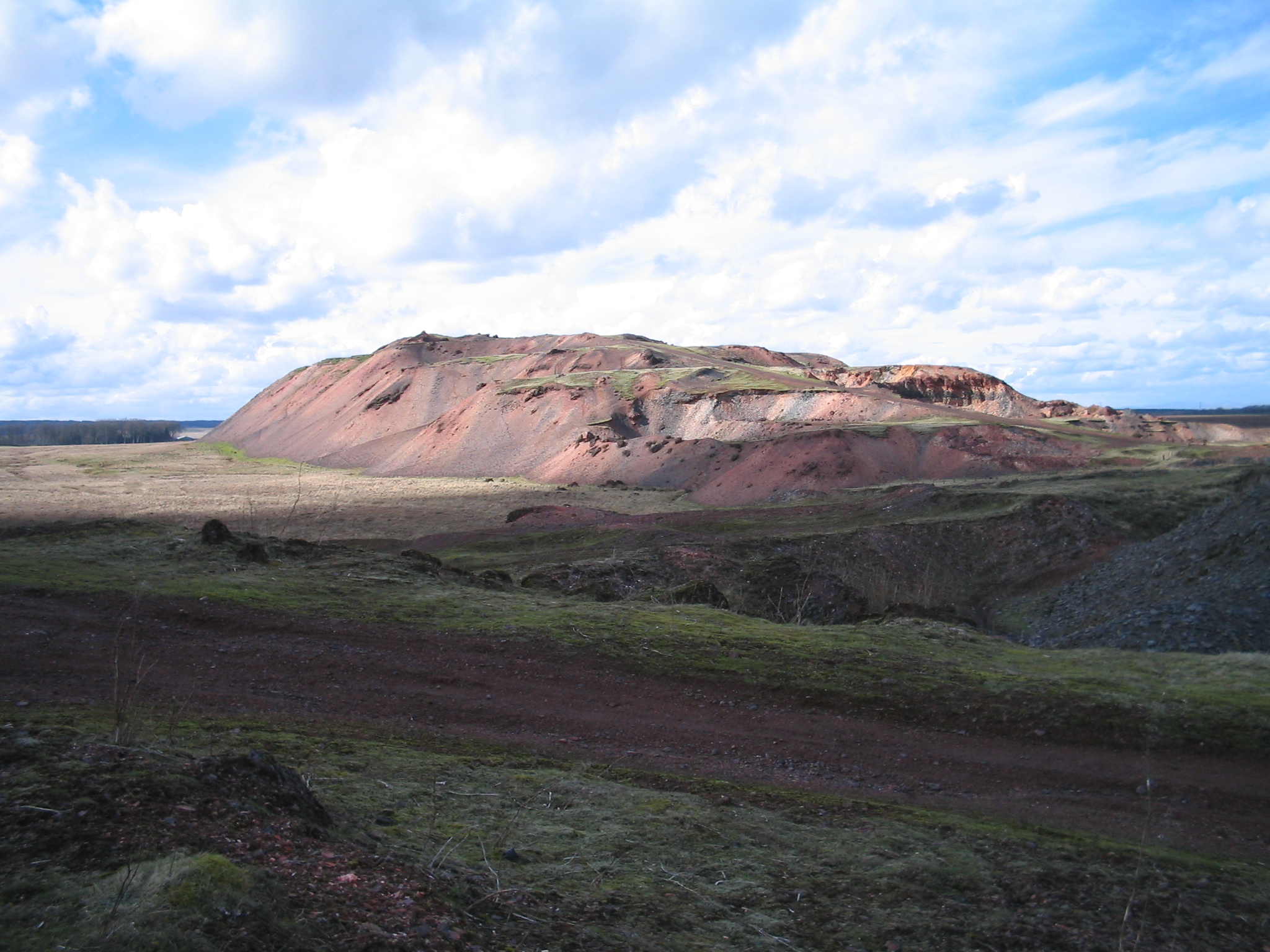Seat Hill
Hill, Mountain in Lanarkshire
Scotland
Seat Hill

Seat Hill is a prominent hill located in Lanarkshire, Scotland. Situated in the Southern Uplands, it forms part of the picturesque Clyde Valley. With an elevation of approximately 446 meters (1,463 feet), it is a popular destination for outdoor enthusiasts and nature lovers.
The hill is characterized by its distinct shape, resembling a seat or saddle when viewed from certain angles. It offers breathtaking panoramic views of the surrounding countryside, including the nearby towns of Lanark and Carluke. On clear days, it is possible to see as far as the hills of Tinto and the Campsie Fells.
The terrain of Seat Hill is a mix of heather, grass, and rocky outcrops, making it a challenging yet rewarding climb for hikers and hillwalkers. There are various routes to reach the summit, each offering its own unique charm. Visitors can choose from well-established paths or opt for a more adventurous off-road experience.
Wildlife is abundant in the area surrounding Seat Hill. The hill is home to a diverse range of bird species, including peregrine falcons, kestrels, and red grouse. During the summer months, the slopes are adorned with colorful wildflowers, creating a stunning natural spectacle.
Seat Hill is easily accessible, with parking available at various points along the surrounding roads. It is a popular destination for locals and tourists alike, providing an opportunity to escape the hustle and bustle of city life and immerse oneself in the tranquility of nature. Whether one seeks a challenging hike or simply a peaceful stroll, Seat Hill offers an unforgettable experience for all.
If you have any feedback on the listing, please let us know in the comments section below.
Seat Hill Images
Images are sourced within 2km of 55.750753/-3.5375002 or Grid Reference NT0351. Thanks to Geograph Open Source API. All images are credited.







Seat Hill is located at Grid Ref: NT0351 (Lat: 55.750753, Lng: -3.5375002)
Unitary Authority: South Lanarkshire
Police Authority: Lanarkshire
What 3 Words
///watchdogs.spicy.dairy. Near Carnwath, South Lanarkshire
Nearby Locations
Related Wikis
Tarbrax
Tarbrax (Scottish Gaelic: "An Tòrr Breac" - meaning "the speckled tor") is a small village in the Parish of Carnwath, South Lanarkshire, Scotland. It...
Little Sparta
Little Sparta is a garden at Dunsyre in the Pentland Hills in South Lanarkshire, Scotland, created by artist and poet Ian Hamilton Finlay and his wife...
Auchengray
Auchengray is a small village in South Lanarkshire, Scotland. == Overview == It has a small church whose architect was Frederick Thomas Pilkington (1832...
Ampherlaw House
Ampherlaw House is a manor house in Lanarkshire, Scotland, near the village of Carnwath and one of the former possessions of the Somerville family. It...
Nearby Amenities
Located within 500m of 55.750753,-3.5375002Have you been to Seat Hill?
Leave your review of Seat Hill below (or comments, questions and feedback).













